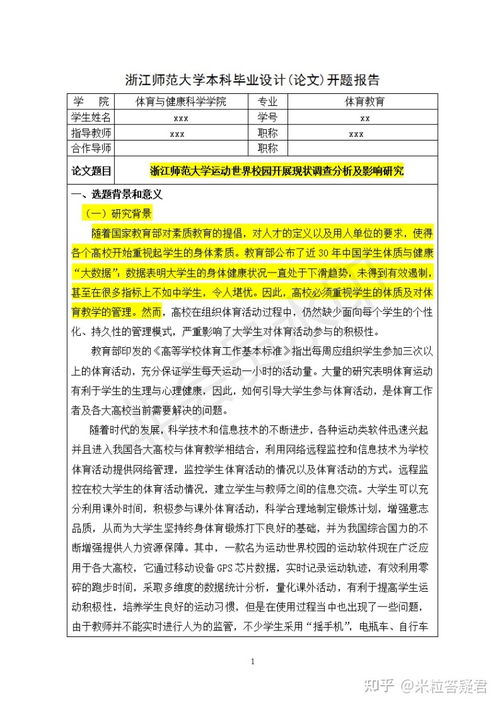Creating a sports research paper requires a blend of analytical skills, critical thinking, and a deep understanding of the subject matter. Whether you're exploring the psychology of sports performance, the biomechanics of athletic movements, or the sociocultural impacts of sports, a wellcrafted paper can contribute significantly to the field. Here’s a comprehensive guide on how to write a compelling sports research paper:
Select a topic that aligns with your interests and the requirements of the assignment.
Ensure the topic has enough scholarly resources for thorough research.
Your thesis statement should articulate the main argument or purpose of your paper.
It should be concise, specific, and debatable, providing a clear direction for your research.
Utilize academic databases, journals, books, and credible websites to gather relevant information.
Take notes and organize your findings systematically to facilitate easy referencing.
Create a structured outline that includes an introduction, body paragraphs, and a conclusion.
Each section should address specific aspects of your topic, supporting your thesis statement.
Begin with a hook to engage your readers' interest.
Provide background information on the topic and introduce your thesis statement.
Each paragraph should focus on a single main idea or argument supported by evidence.
Use topic sentences to guide readers through your paper’s logical flow.
Incorporate statistical data, case studies, expert opinions, and empirical research to strengthen your arguments.
Ensure all sources are properly cited according to the required citation style (e.g., APA, MLA).
Offer critical analysis of the research findings, identifying patterns, correlations, or discrepancies.
Interpret the significance of your findings within the context of existing literature.
Acknowledge alternative perspectives or potential limitations of your research.
Refute counterarguments with compelling evidence or reasoning.
Summarize the key points of your paper and restate your thesis.
Provide insights into the broader implications of your research and suggestions for future studies.
Review your paper for clarity, coherence, and consistency of arguments.
Edit for grammar, punctuation, and formatting errors.
Share your draft with peers, instructors, or academic advisors for constructive feedback.
Revise your paper based on the suggestions received.
Ensure your paper adheres to the formatting guidelines specified by your institution or the journal you're submitting to.
Pay attention to margins, font size, spacing, and citation style requirements.
Conduct a final proofreading to eliminate any remaining errors or inconsistencies.
Verify all citations and references for accuracy.
Follow the submission instructions provided by your instructor or the publication venue.
Keep a copy of your paper for your records.

By following these steps, you can craft a wellstructured and insightful sports research paper that contributes meaningfully to the discourse within the field. Remember to stay organized, conduct thorough research, and communicate your ideas effectively to engage your readers and make a lasting impact.